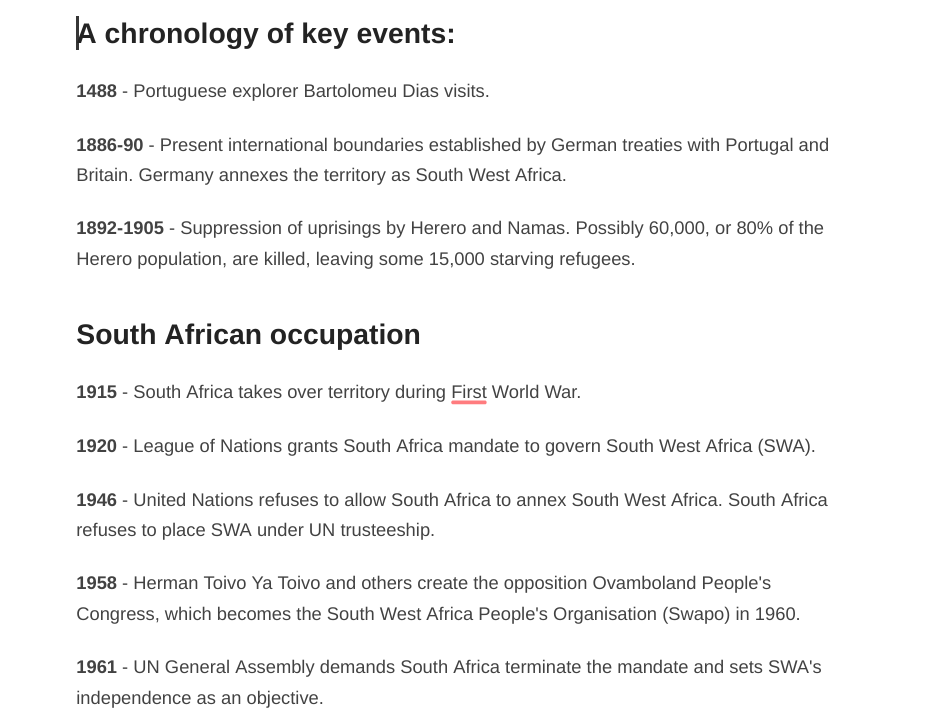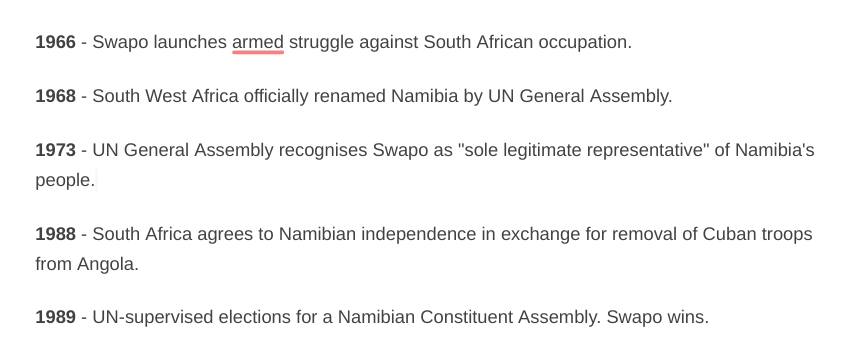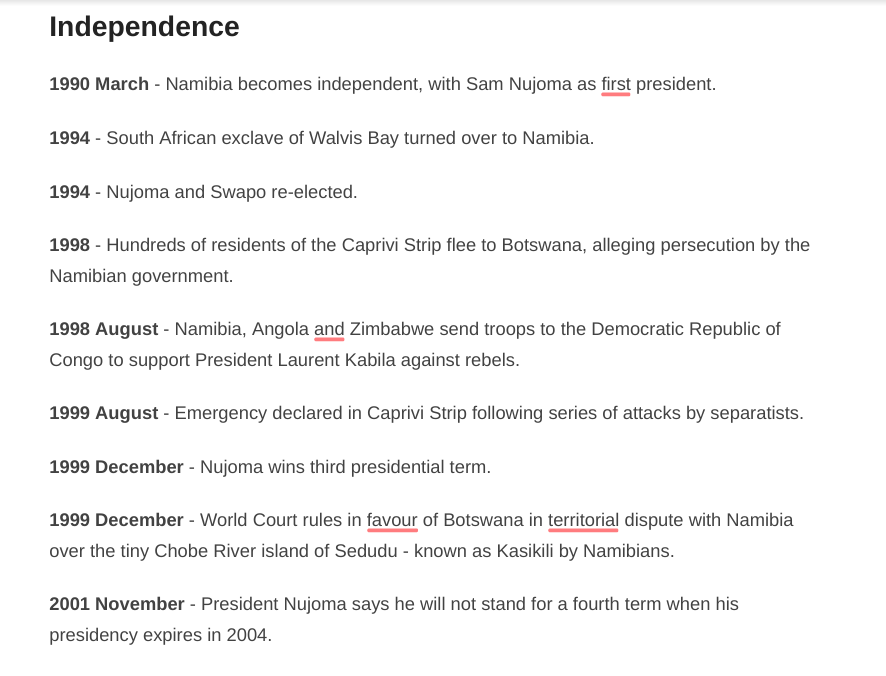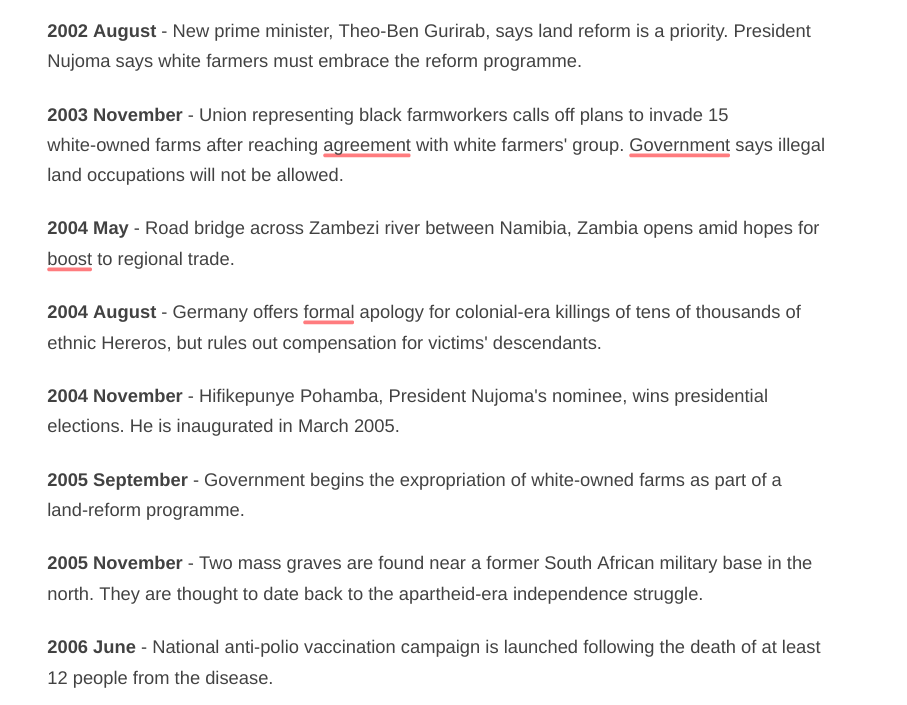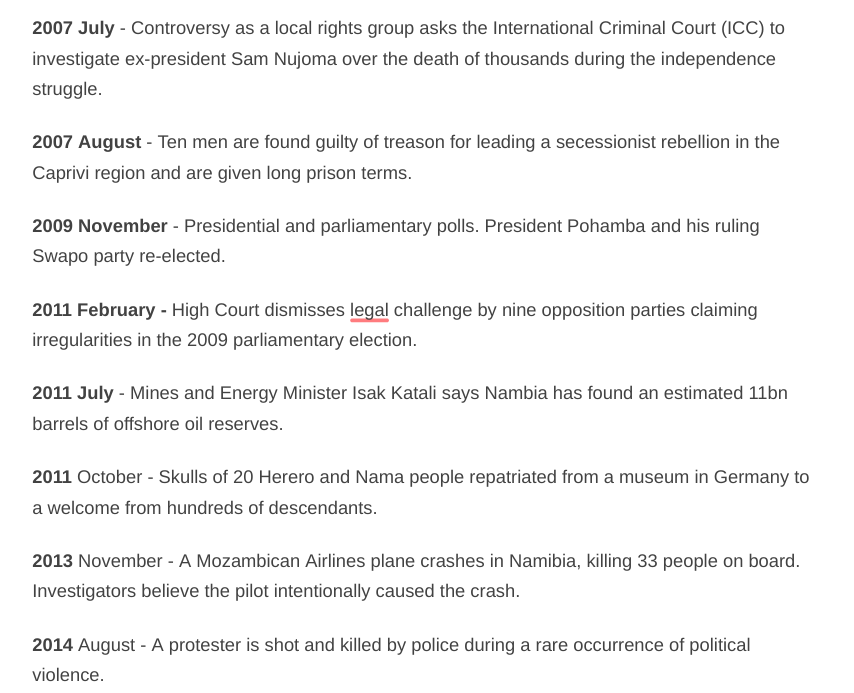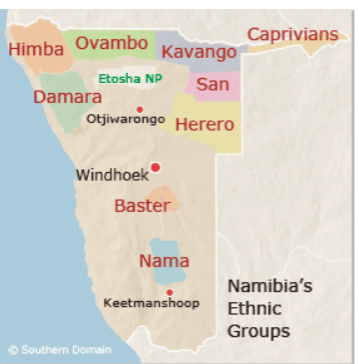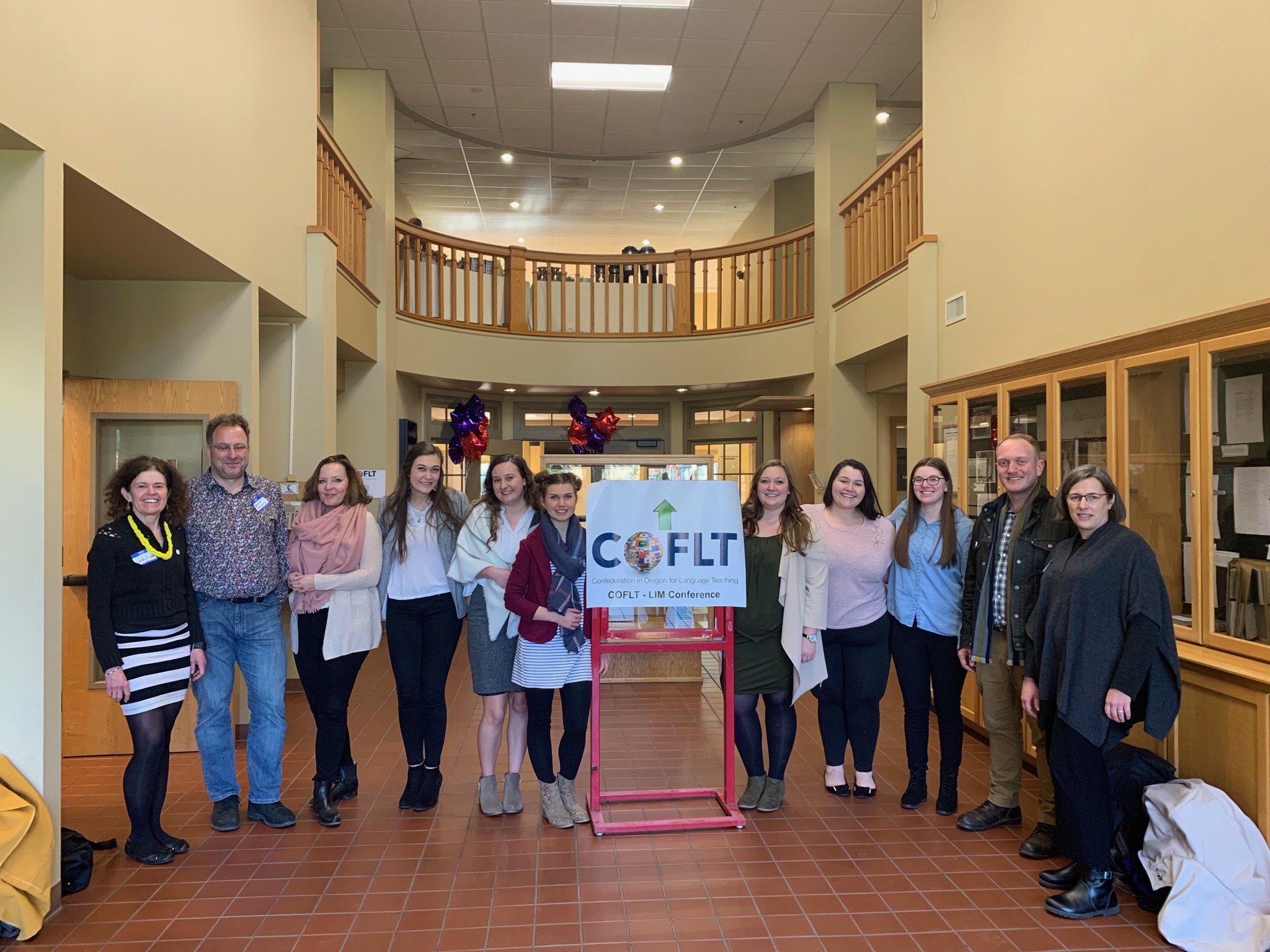Hello again!
Before I went to Namibia, we questioned how much German culture we would see in Namibia. And now, I can say we saw quite a bit. Signs of German culture are not overwhelming, but you can see them every day, especially depending on where you are in Namibia. At first I wanted to write separate posts on the cultures, languages, and people, but I decided instead to make a longer post with three sections (see below).
People:
In Namibia, there are ten tribes and ethnic groups. A small percentage of the total population is of colonial German descendants. In Namibia, there are about 30,000 Germans, which is one-third of the White Namibian population. Normally one can see German culture throughout Namibia, but in the cities of Windhoek, Swakopmund, Lüderitz and Otjiwarongo one can find a larger German influence. In these cities, German culture becomes obvious in the background of individuals, and in food, architecture, and language. We met many Germans in Namibia. We ate lunch with Felix and Marianne, we also met the owner of Peter’s Antiques and one of our tour guides; we were able to speak German with all of them.
Architecture:
Although you can see German architecture all over Namibia, I wanted to point out a couple of special buildings that we saw in Swakopmund.
Hohenzollern Building– This building was named after the German imperial family. It was used as a hotel and administrative building and is now known as a national monument and private house.
Kücki’s Pub-A German Pub that offers traditional style German food and drinks. See my other post for more information about Kücki’s Pub
Old Jetty– This structure in Swakopmund was made by German troops and the Second Railway Company. The purpose was to reach tug boats for importing and exporting resources and supplies.
Woermannahaus– This house was for the Damara Namaqua trading company and later become famous as the Woermann Brock & Co. It was the largest trading company of its time and used German architecture and materials for the building. Written in German on the walls facing the courtyard are the following sayings: “Jeder lasse hier die Zweitracht vor der Tür” and “ In diesem Mauern mög Eintract dauern.” These translate to: “Everyone should leave discord outside of these walls” and “May unity prevail within these walls.”
German Evangelical Lutheran Church and Parsonage– As the name states, this is a German church and parsonage. Both buildings display German culture externally and internally, and one can visit during business hours. Inside are German Bibles and beautiful German architecture.
School/languages:
Namibia has many different languages; usually, people speak the languages of their tribes. But many people know English, Khoekhoe, Kwangali, Lozi, Ndoonga, Tswana, Afrikaans, and German. German descendants typically speak German, and some children go to private German schools. The DHPS (German Higher Private School Windhoek) is in Windhoek; the website describes the school as follows: “It is an integrated German-Namibian school with a dual system, which is supported by the Federal Republic of Germany.” There are other private schools that are similar and are funded in a similar way. Although we met a good amount of individuals who spoke German, it is believed that only 0.9% of all Namibian households speak German as a native language, which is 4,359 households at the 2011 census.
* We also found a Goethe Institute in Windhoek, but I will make a new post discussing that.
Intouch Interactive Marketing. “Home.” DHPS. 30 Mar. 2019 <http://www.dhps-windhoek.de/>.
“German Namibians.” Wikipedia. 17 Jan. 2019. Wikimedia Foundation. 30 Mar. 2019 <https://en.wikipedia.org/wiki/German_Namibians>.
“Cardboard Box Travel Shop.” The White People of Namibia. 2018. 30 Mar. 2019 <http://www.namibian.org/travel/namibia/population/white.htm>.


